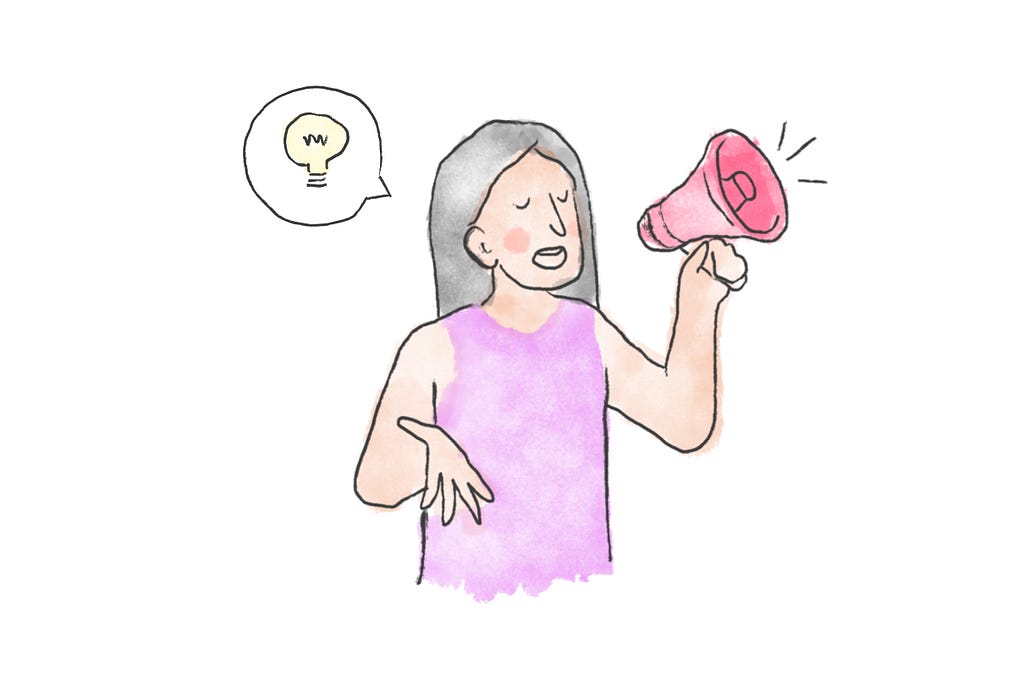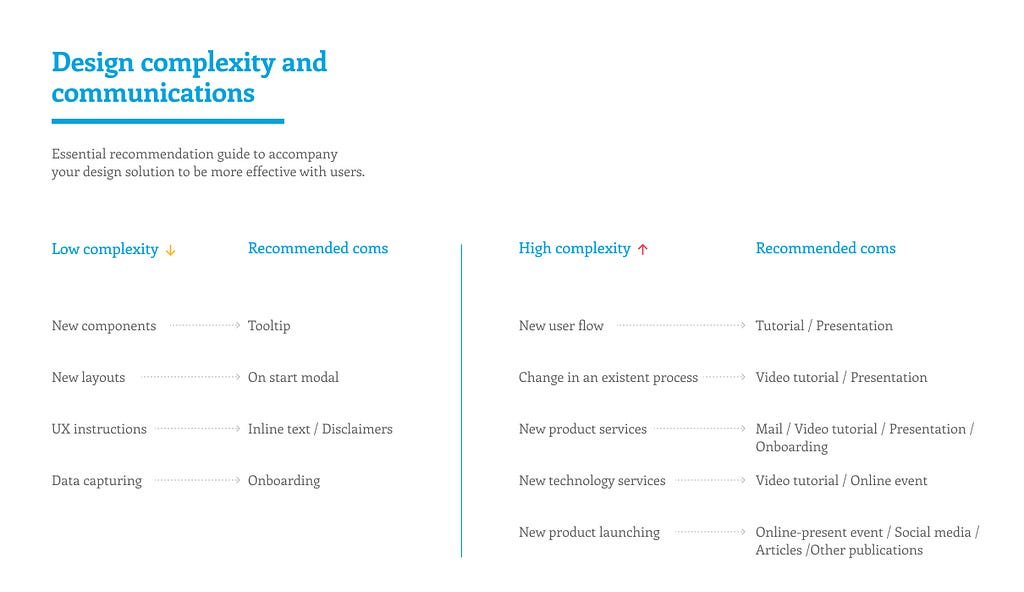To make a design thrive, you should support it with strategies to make it even more robust and accepted.

Like many designers, I’ve been practicing this mantra all my career: “Good design is invisible,” but it wasn’t until now that I have faced unexpected results from users several times that I questioned If the very success of a good user experience relies only upon a good interface design solution.
This mantra wraps up everything about how UX should solve experience challenges; the whole phrase from Dieter Rams goes, “Less, but better — because it concentrates on the essential aspects, and the products are not burdened with non-essentials. Back to purity, back to simplicity.” If you want to go deep into Dieter Ram’s reflection on design (ten design principles), he has an extensive understanding that you can refer to here.
Still, in time, I have realized when we talk about authentic good design, the spectrum is broader; we are not only talking about interfaces but processes, methodologies, ways of thinking, strategy, user insights, and, last but not least, communication; yes! this is also part of designing.
Of course, this phrase is pure gold. Still, it needs to add the other half of the success formula, a proper communication method, to make the interaction and the interface solution even more effective.
My takeaway from this analysis is there should be a coexistence between a practical design that should be free of explanation (invisibility) and effective communication (notoriety) that reinforces the purpose of the solution to reduce the margin of errors in design deliverables.
How did I get to that conclusion? In a previous project, we decided to change an internal process into a public feature for all users and let them be more auto-sufficient in managing their data. As a result, all the friends and family tests were positive due to their familiarity with such a process. But things changed once we decided to take these tests to an external type of users we hoped to impact with this solution. As a result, the overall experience didn’t reach results as expected, even though the interface design was smooth. In the post-analysis stage, we figured the process would fall whenever we approached users only from the interface without the relevant context (communication).
So the UX mantra now sounds to me something like this:
Good design should be invisible, but communication around it must be notorious.
What is this communication I’m talking about?
When referring to experience communication, it is natural to think about UX writing. But this kind goes beyond a UX copy, instruction, CTA, or even the interface; it is the strategy that gathers other media to reinforce a critical message. Good communication does not tell people what to do; this might generate user bias (basic rule for usability tests). Instead, a proper context will help users get more information about a design solution’s purpose, especially before facing an interface.
I’m not saying that every time we interact with some artifact, we may need help from other objects to understand what we need to do; that’s not the point; instead, I advocate for a first effective push to help users to start solid.
How to make the invisible visible?
Levels of communications
In the example above, the problem was not the interface nor the experience flow; users didn’t have a context of why they needed to do such a process. Therefore, proper communication was mandatory to enlighten users to adopt this new process and its potential benefits.
Not everything needs a communication plan; part of creating a design strategy is to think about how and when to communicate things to make them relevant to users. So, one of the most critical skills for designers is communicating design intent; as Kazden Cattapan recalls in the article, “Design communication is a critical skill.”
Here’s a graphic I did to measure the design complexity and the level of communication needed.

The interface is a complementary part of the user experience
You might be wrong if you believe you created a complete user experience by only building high-definition mocks and interactions. However, in highly complex design solutions or services, the interface is only a part of the experience; there should be some theoretical support that helps users to adopt and understand the new benefits of doing such a process. This level of communication applies primarily to massive changes in a system, such as new processes, business strategic pivoting focus, or the development of new services of considerable magnitude.
Beyond the craft, thinking about a broader experience
As a manager, design strategy goes beyond deliverables; from the very moment you start a design project, you should envision how to impact users; It is our responsibility to accompany the whole experience, especially with a proper communication approach.
Part of the problem with the feature project, as I mentioned above, is that it did not include other roles in the project; high creative areas like marketing, sales, or growth can help you translate a complex experience into something catchy for users, having unlimited resources such as tv commercials, spots, social media campaigns or a funny online tutorial.

Keep tracking the conversation
Good communication isn’t only effective for design experiences, so do not cut this conversation with people here; it can be a new way to connect with users and create healthy long-last bonds. As we know, engaging with them will open more spaces in the future and make them loyal to your product.
What I learned
Not having the two sides of the experience (design/communication) and putting all the responsibility only on design deliverables is new learning for me as a manager. Understanding that design is only a building block in producing unique solutions is embracing managing and product maturity.
If you struggle with UX results regarding your solution, one source of the problem might be it lacks good communication, and the message is not making a relevant impact; remember that the interface only represents the experience partially.
I wish I had this learning early in my career; I’m sure many ideas and designs would be more effective by including a proper communication layer. It is a shame that young designers only get guidance from one direction, overlooking the importance of connecting with other areas and roles. We should be everything but a creative island; instead, we should connect with as many people as possible; that’s the whole purpose of working on user experience, being close to people.
As with other experiences, this is only one of the many #ShortStoriesOfMyLifeAsDesigner.
To write this article, I want to credit all the fantastic information sources and other authors who have had the exact reflection as me, all from another exciting perspective.
- Dieter Rams and 10 principles for good design / Bora
- Invisible design / Julie Zhuo
- Good Design is Invisible: Understanding Design’s Impact
- Good design is invisible. But so are designs that harm. / Ida Persson
- The Myth of Invisible Design / Dan Saffer
Good UX is not enough without a proper communication plan was originally published in UX Collective on Medium, where people are continuing the conversation by highlighting and responding to this story.